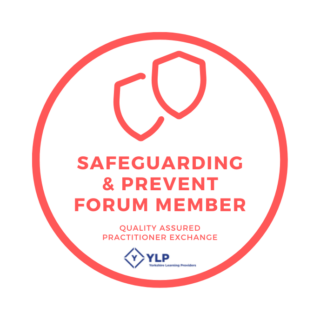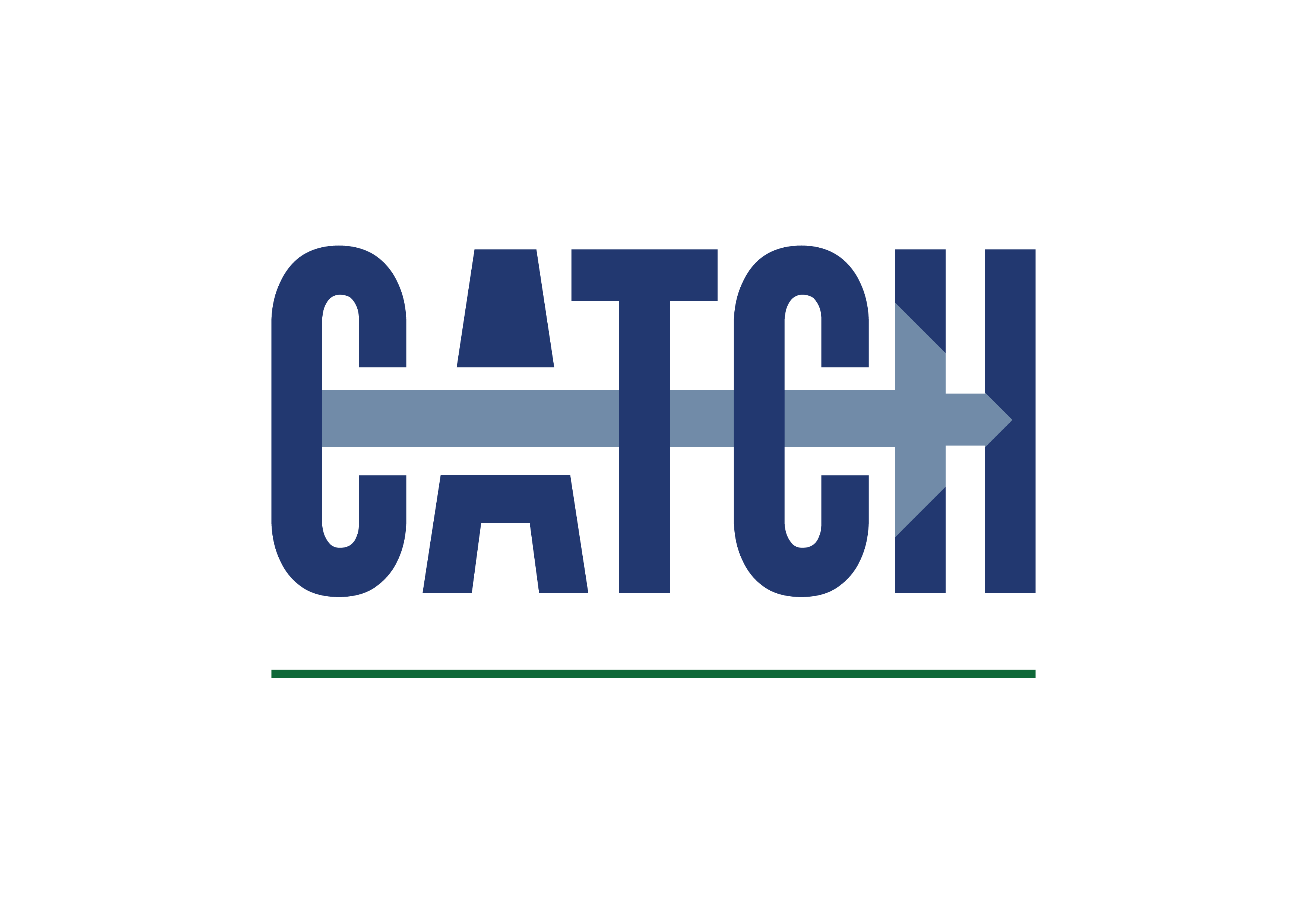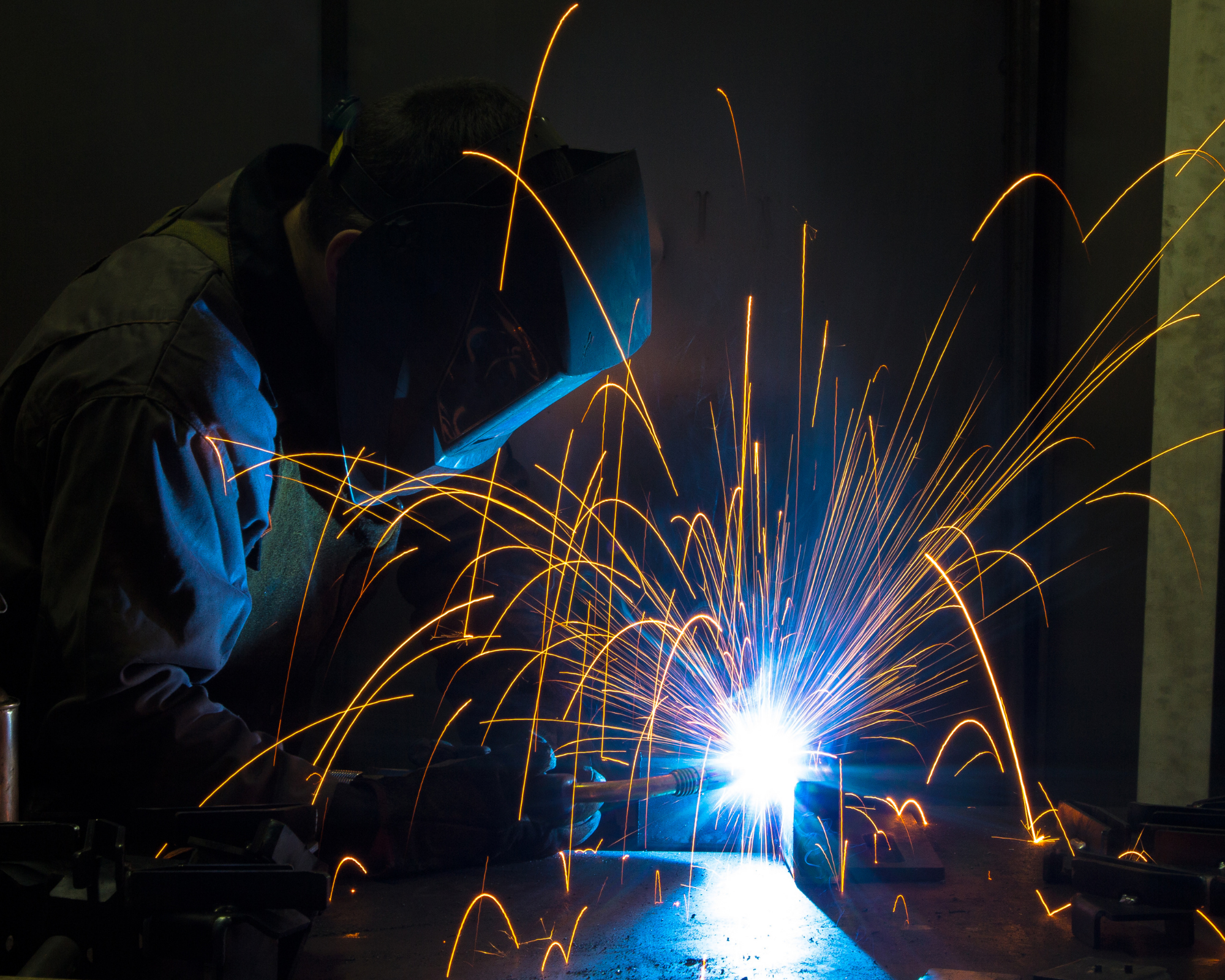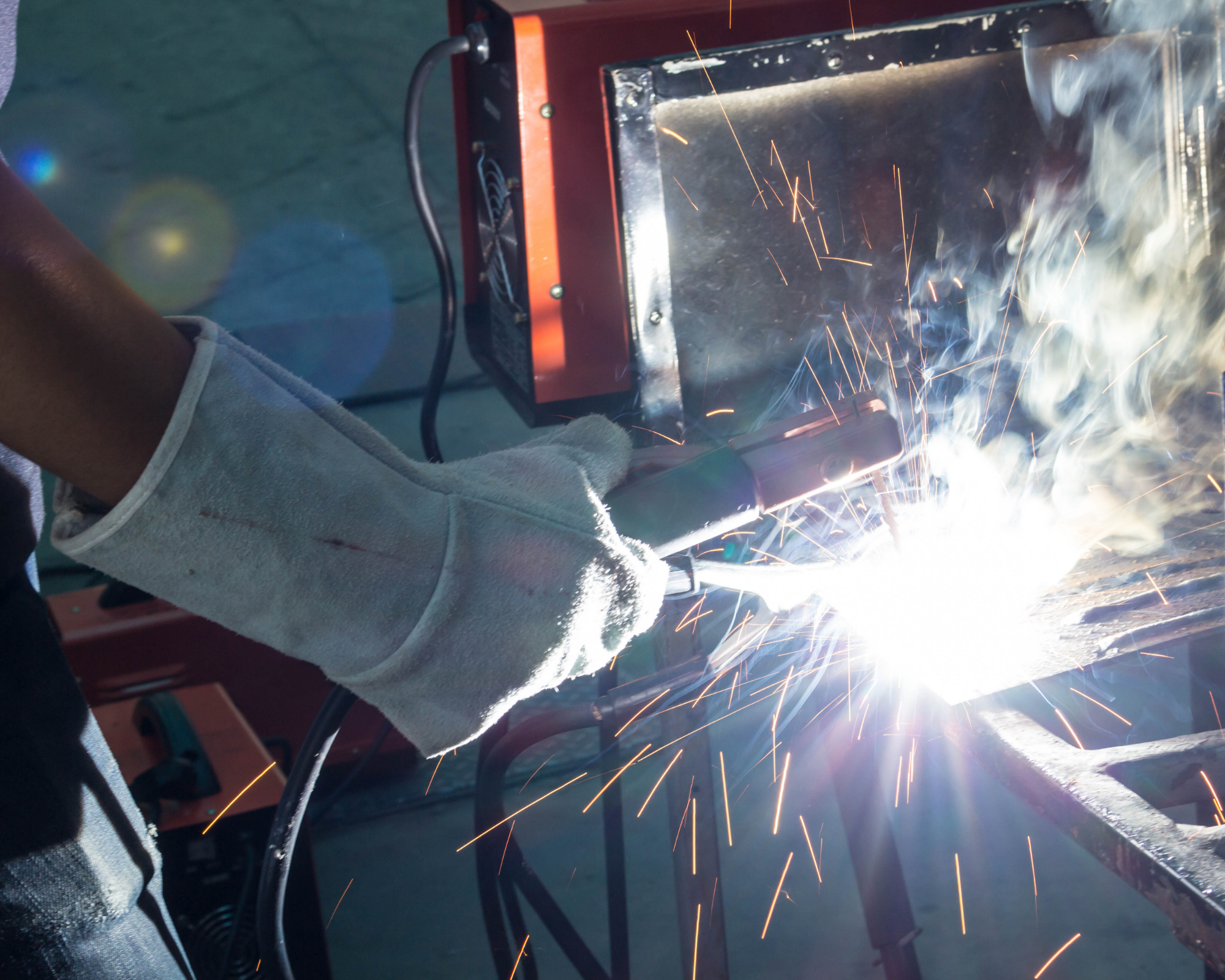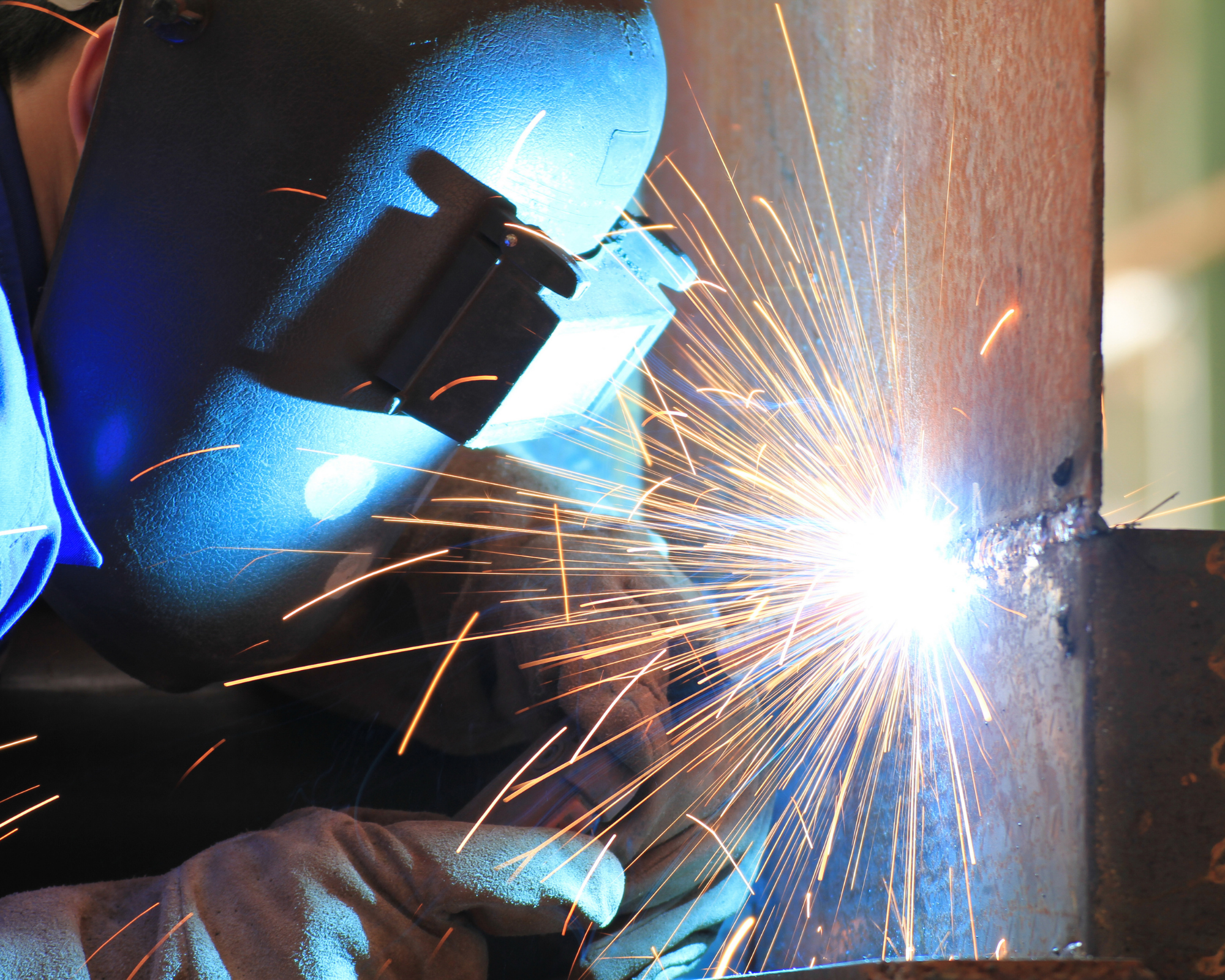Metal Fabricator (Plater) Apprenticeship
Metal Fabricator ( Plater)
Metal Fabricator Apprenticeship
Level 3
To be delivered from September 2024.
Duration – 42 Months
Location – CATCH Stallingborough
Delivery – 11 months at CATCH – September – July, Monday – Friday, 8am – 4pm and the remainder of apprenticeship spent on site with the employer
Qualification – Level 3 Diploma and Extended Diploma in Advanced Manufacturing Engineering
Level 3 NVQ to be achieved once onsite with employer.
End Point Assessment (EPA): You will be assessed by a practical observation and a structured professional discussion supported by portfolio of evidence.
Occupation Summary
The broad purpose of the occupation is to carry out metal fabrication work using things such as rolled steel joists, columns, channels, steel plate and metal sheet etc.
Work includes manufacturing bridges, oil rigs, ships, petro-chemical installations, cranes, platforms, aircraft, automotive and machinery parts, sheet metal enclosures, equipment supports, and anything that can be fabricated out of metal. Fabricators can work alone or in teams, in factories or on operational sites. Fabricators use a large range of metals including steel, aluminium and titanium at a range of thicknesses from 0.5mm up to over 20mm. The size and weight of the fabrications can range from components that can easily be picked up by hand, to massive structures that require several cranes to manipulate.
In their daily work, an employee in this occupation interacts with planners, supervisors, inspectors, designers, welders, pipefitters, fitters, machinists, riggers, steel erectors, stores personnel, painters and many others involved in manufacturing, production, maintenance and repair.
An employee in this occupation will be responsible for the quality and accuracy of their own work whilst ensuring it conforms to a relevant specification such as an engineering drawing or an international standard. Fabricators are also responsible for the health, safety and environmental (HS&E) protection of themselves and others around them.
Knowledge and Skills
The importance of complying with statutory, quality, organisational and health and safety regulations
General engineering mathematical and scientific principles, methods, techniques, graphical expressions, symbols formulae and calculations
The structure, properties and characteristics of common materials
The typical problems that may arise within their normal work activities/environment
Approved diagnostic methods and techniques used to help solve engineering problems
The importance of only using current approved processes, procedures, documentation and the potential implications if they are not adhered to
The different roles and functions in the organisation and how they interact
Why it is important to continually review fabrication and general engineering processes and procedures
The correct methods of moving and handling materials
Processes for preparing materials to be marked out
The tools and techniques available for cutting, shaping, assembling and finishing materials.
Allowances for cutting, notching, bending, rolling and forming materials
Describe Pattern development processes, tooling and equipment
Describe Cutting and forming techniques, tooling and equipment
Describe Assembly and finishing processes, tooling and equipment
Inspection techniques that can be applied to check shape and dimensional accuracyFactors influencing selection of forming process
Principles, procedures and testing of different joining techniques (Mechanised or Manual)
Equipment associated with Manual or Mechanised joining techniques including maintaining equipment in a reliable and safe condition
Consumables used in Manual or Mechanised joining
Effects of heating and cooling metals
Metallurgy associated with joining
Different types of Welds and joints
How to interpret relevant engineering data and documentation
Work safely at all times, comply with health & safety legislation, regulations and organisational requirements
Comply with environmental legislation, regulations and organisational requirements
Obtain, check and use the appropriate documentation (such as job instructions, drawings, quality control documentation)
Carry out relevant planning and preparation activities before commencing work activity
Undertake the work activity using the correct processes, procedures and equipment
Carry out the required checks (such as quality, compliance or testing) using the correct procedures, processes and/or equipment
Deal promptly and effectively with problems within the limits of their responsibility using approved diagnostic methods and techniques and report those which cannot be resolved to the appropriate personnel
Complete any required documentation using the defined recording systems at the appropriate stages of the work activity
Restore the work area on completion of the activity and where applicable return any resources and consumables to the appropriate location
Identify and follow correct Metal work instructions, specifications, drawing etc.
Mark out using appropriate tools and techniques
Cut and form Metal for the production of fabricated products
Produce and assemble Metal products to required specification and quality requirements
Identify and follow correct joining instructions, specifications, drawing etc.
Carry out the relevant preparation before starting the joining fabrication activity
Set up, check, adjust and use joining and related equipment
Weld joints in accordance with approved welding procedures and quality requirements
Behaviours
Personal responsibility and resilience – Comply with the health and safety guidance and procedures, be disciplined and have a responsible approach to risk, work diligently regardless of how much they are being supervised, accept responsibility for managing time and workload and stay motivated and committed when facing challenges.
Work effectively in teams – Integrate with the team, support other people, consider implications of their own actions on other people and the business whilst working effectively to get the task completed.
Effective communication and interpersonal skills – An open and honest communicator, communicates clearly using appropriate methods, listen well to others and have a positive and respectful attitude.
Focus on quality and problem solving – Follow instructions and guidance, demonstrate attention to detail, follow a logical approach to problem solving and seek opportunities to improve quality, speed and efficiency.
Continuous personal development – Reflect on skills, knowledge and behaviours and seek opportunities to develop, adapt to different situations, environments or technologies and have a positive attitude to feedback and advice.
Head Office
Stallingborough
Grimsby
DN41 8TH
Company no. 03837010
Privacy Policy
CATCH Compliments and Complaints policy
CATCH Apprenticeships Safeguarding Disclosure Form (blank)
Recruitment of ex-offender policy
Data protection
